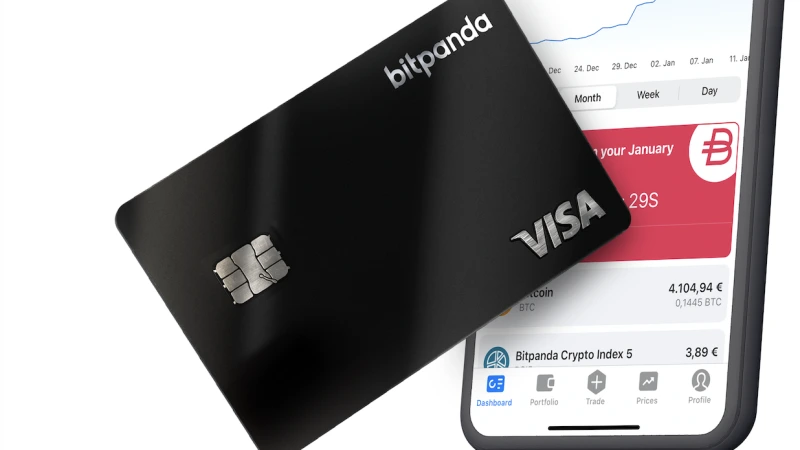Web3 Credit Card Hit the Streets: A Look at the European Scene
Let’s start with what we’re really talking about here. A Web3 credit card isn’t just some fancy tech trend—it’s a way to actually use crypto like cash. And in some places, it’s already catching on.
Take Europe. From Berlin to Lisbon, startups and neobanks are issuing cards that tap into DeFi and let users spend their crypto directly. Some use stablecoins. Others convert on the fly. And in many cases? You wouldn’t even notice you’re using crypto—until you check your wallet later.
But it’s not all smooth sailing…
How a Web3 Credit Card Works (When It Actually Works)

In theory, it’s simple. You swipe or tap, and the card pulls funds from your connected Web3 wallet (say, MetaMask). Either it spends your crypto directly, or it converts it into euros in real time.
In practice? It depends.
In Germany, for example, Vivid (a fintech company) and Bitpanda offer cards that integrate crypto wallets. You can load the card with USDC, Bitcoin, or ETH, and use it wherever Visa is accepted. One tap at a café in Hamburg, and boom—crypto just bought you a cappuccino.
But here’s the thing: many of these cards still rely on a custodial wallet model. That means you’re trusting a middleman again, even if it’s not a bank. So… is that really Web3? Depends who you ask.
Why Crypto Users in Europe Are Trying These Cards

People aren’t just doing this for fun. In countries like Portugal, where crypto gains are (for now) tax-free, spending directly from a crypto wallet makes a lot of sense.
Here’s what’s drawing them in:
- Avoiding conversion steps — no more bouncing between wallets and exchanges
- Earning crypto rewards — like cashback, but in tokens
- Using stablecoins as a spending account — especially in volatile markets
- Skipping traditional banks altogether — a quiet protest against legacy finance
And then there’s convenience. In some cases, people are just… using these cards. Buying groceries. Booking flights. Paying for dinner. You don’t need to believe in “the future of money” to appreciate a smooth transaction.
Challenges: Regulation, Volatility, and Trust

Now let’s be honest—Europe isn’t the Wild West, and regulators are keeping a close eye on this stuff.
The MiCA (Markets in Crypto-Assets) regulation, expected to take effect soon, will put crypto companies under stricter scrutiny. Web3 card issuers may need licenses, stricter KYC, and transparent terms.
Then there’s volatility. Not everyone wants to spend Bitcoin on lunch only to see it double in value the next week.
And trust? That’s a big one. Some providers hold your funds custodially. Others require staking or collateral. If something goes wrong, who’s liable? Users are still figuring that out.
Case in Point: Bitpanda Card in Austria

One of the clearer success stories is the Bitpanda Card in Austria. It lets users spend over 100 crypto assets, integrates with Apple Pay and Google Pay, and offers a real-time crypto-to-euro conversion.
It’s not a DeFi dream card—there’s custodianship involved—but for many users, that trade-off is worth the seamless UX.
The numbers? Bitpanda reported over 1 million transactions in the card’s first year. That’s not just early adopter noise—that’s legit traction.
Is This the Future? Maybe, Maybe Not

Are Web3 credit cards the future of finance? Possibly. But probably not for everyone, and definitely not overnight.
Right now, the EU is one of the friendlier regions when it comes to crypto regulation—but that could shift. And adoption depends on more than just cool features. People need trust, stability, and clear reasons to switch from the systems they know.
Still, this case study suggests something real is happening. Crypto isn’t just sitting in wallets anymore—it’s getting spent. At bars. At bakeries. At Ikea.
We’re not there yet, but we’re closer than you might think.
Relevent news: Here



